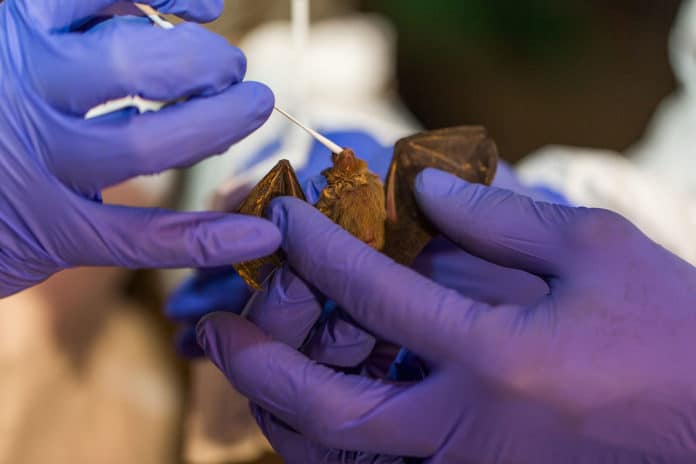Scientists with the Smithsonian’s Global Health Program have recently identified six new coronaviruses in bats in Myanmar. This puzzled scientists more as these viruses are not related to coronaviruses Severe Acute Respiratory Syndrome (SARS CoV-1), Middle East Respiratory Syndrome (MERS), or COVID-19.
Although this is for the first time, scientists have discovered these viruses anywhere in the world. The discovery is expected to provide detailed information on the diversity of coronaviruses in bats and inform global efforts to detect, prevent and respond to infectious diseases that may threaten public health, particularly in light of the ongoing COVID-19 pandemic.
These new viruses have been identified while conducting biosurveillance of animals and people to better understand the circumstances for disease spillover as part of the PREDICT project.
PREDICT, an initiative funded by the U.S. Agency for International Development (USAID), supports the global discovery and surveillance of pathogens that have the potential to spread from animals to humans. The PREDICT team in Myanmar consists of scientists from the Smithsonian; the University of California, Davis; Myanmar’s Ministry of Agriculture, Livestock, and Irrigation; Myanmar’s Ministry of Health and Sports; and Myanmar’s Ministry of Natural Resources and Environmental Conservation.
Scientists mainly focused their study in Myanmar, where humans are more likely to come into close contact with local wildlife. They collected data during May 2016 to August 2018. They mainly collected more than 750 saliva and fecal samples from bats in these areas.
After testing and comparing the samples to known coronaviruses, scientists found six new coronaviruses.
According to the authors, the newly discovered coronaviruses are not closely related to SARS CoV-1, MERS, or COVID-19. Future studies are needed to evaluate their potential for spillover to other species to understand the risks to human health better.
The authors say these findings underscore the importance of surveillance for zoonotic diseases as they occur in wildlife. The results will guide future surveillance of bat populations to detect potential viral threats to public health better.
Suzan Murray, director of the Smithsonian’s Global Health Program and co-author of the study, said, “Many coronaviruses may not pose a risk to people, but when we identify these diseases early on in animals, at the source, we have a valuable opportunity to investigate the potential threat.”
“Vigilant surveillance, research, and education are the best tools we have to prevent pandemics before they occur.”
Journal Reference:
- Detection of novel coronaviruses in bats in Myanmar. DOI: 10.1371/journal.pone.0230802
